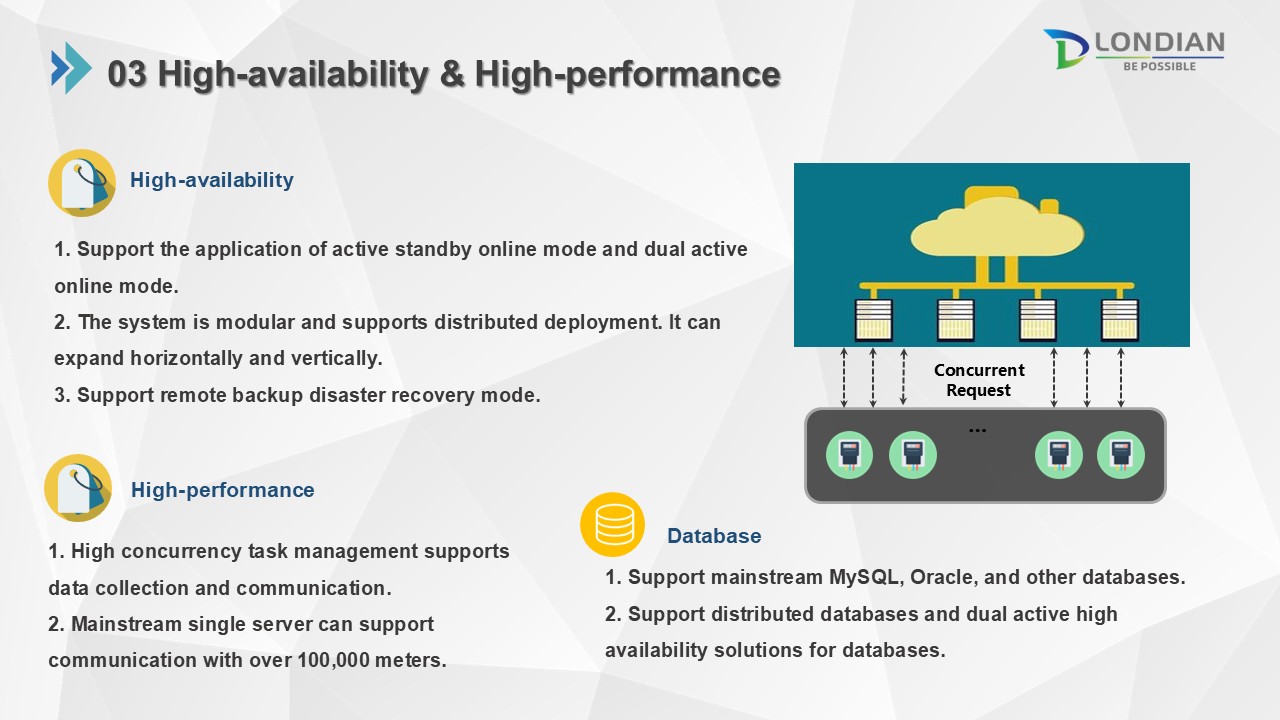Smart Metering Breakthroughs in 2025: Key Trends Shaping the Future
Introduction
The global smart metering industry is undergoing rapid transformation in 2025, driven by technological advancements, regulatory shifts, and rising energy efficiency demands. As a leader in smart grid solutions, Londisch explores the latest developments revolutionizing electricity monitoring, data analytics, and grid management worldwide.
1. Europe Accelerates Smart Meter Rollouts with AI Integration
Die European Union has pledged an additional €5 billion to expand smart meter installations, targeting 90% coverage by 2027 (up from 65% today). The new generation of meters integrates AI-powered load forecasting, enabling utilities to optimize energy distribution and reduce waste.
🔹 Key Insight: AI algorithms now predict peak demand with 95% accuracy, helping balance renewable energy fluctuations.
2. China’s Dual-Mode Smart Meters Solve Rural Connectivity Challenges
China’s State Grid Corporation has launched a 6-million-unit tender for HPLC+RF dual-mode smart meters, combining high-speed powerline communication (HPLC) with wireless backup. This hybrid approach ensures real-time data transmission even in remote areas.
🔹 Why It Matters: The upgrade supports China’s carbon neutrality goals by improving grid efficiency and reducing manual meter readings.
3. Latin America & Africa: 2025 Smart Meters for Energy Resilience
- Brazil’s Drought Crisis Spurs Smart Meter Adoption
Severe droughts have crippled hydropower, forcing Brazil to mandate nationwide smart meter deployments to detect leaks and curb energy theft. Installations are expected to triple in 2025. - Solar-Powered Prepaid Meters Expand in Africa
Kenyan startups are rolling out off-grid smart meters with mobile payment integration, backed by a $200 million World Bank fund. Over 200,000 rural households now have access to pay-as-you-go electricity.
🔹 Londian’s Role: Unser low-power IoT-enabled meters are helping utilities in emerging markets reduce revenue losses by 30%.
4. Cybersecurity & Privacy: New Regulations Impact Smart Metering
- U.S. Implements Stricter Security Standards
Die Federal Energy Regulatory Commission (FERC) now requires NIST SP 800-53 compliance for all smart meters, following cyberattacks on U.S. grids. - UK Faces Backlash Over Data Privacy
High-frequency meter readings (every 5-15 minutes) have raised privacy concerns. New laws may restrict how utilities use consumer data.
🔹 Expert Take: Londian’s encrypted metering solutions ensure GDPR & CCPA compliance while maintaining grid reliability.
5. Emerging Tech: Blockchain & AI-Driven Predictive Maintenance
- Australia Tests Peer-to-Peer Energy Trading
Utility AGL und Power Ledger are piloting blockchain-enabled smart meters, allowing households to trade excess solar power in real time. - Tokyo Electric Power (TEPCO) Cuts Costs with AI
AI models now predict meter failures 48 hours in advance, reducing maintenance expenses by 30%.
🔹 Londian’s Innovation: Unser next-gen smart meters feature self-healing firmware und edge computing for faster anomaly detection.
Conclusion: The Smart Meter 2025 Revolution Continues
2025 is a pivotal year for smart meter, with AI, hybrid connectivity, and cybersecurity leading the charge. As global energy demands rise, Londian remains at the forefront, delivering secure, scalable, and sustainable metering solutions.

